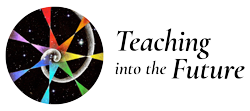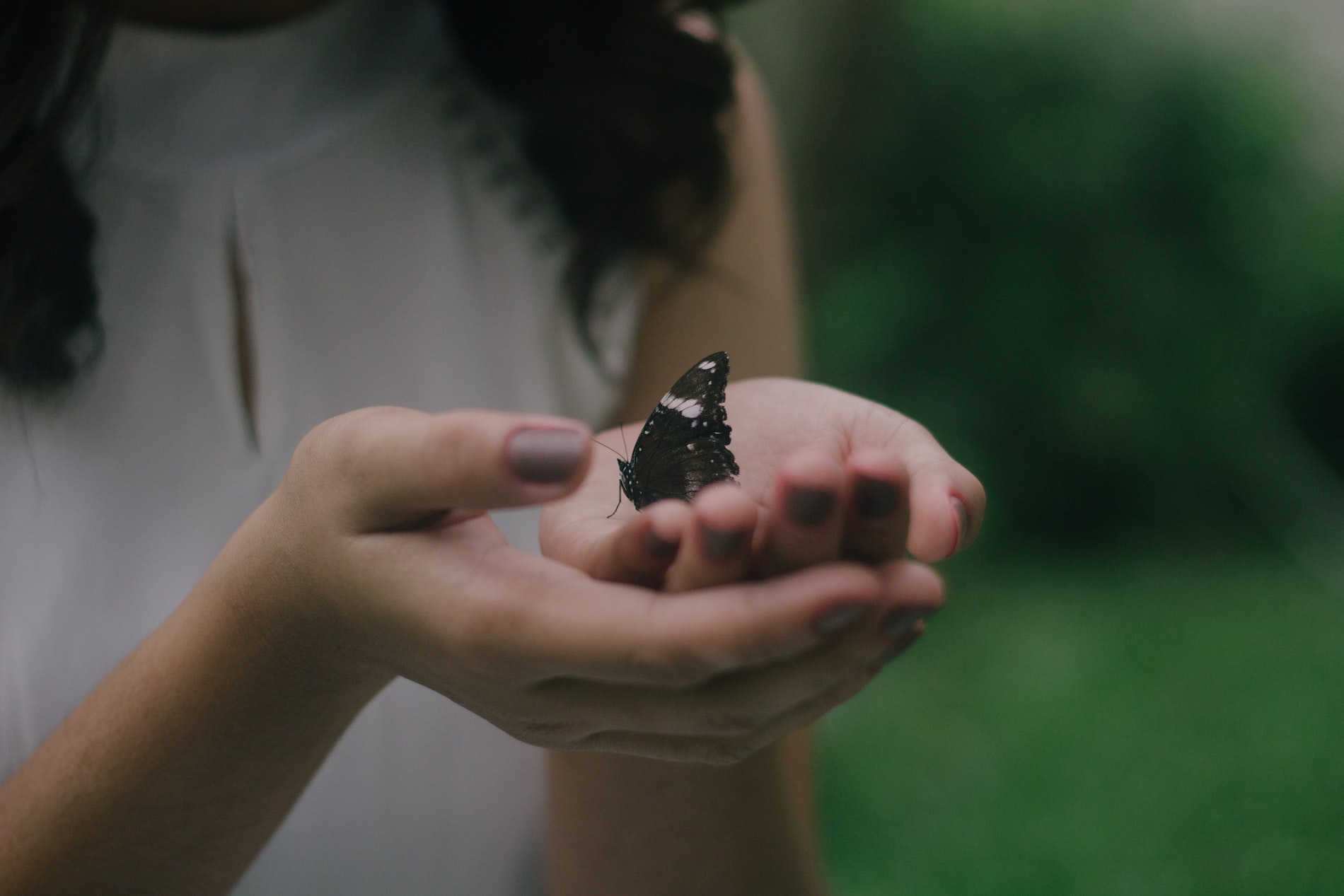Ideas have a life force that manifest in the love between teachers and students. Palmer specifically identifies this love as the practice of continuous respect for the great things of the world. Cultivating creative moral intuition
supports such relationships. Intuition, like a compass, navigates us past the limits of our personality toward deeper guidance into the unknown.
What does this look like in the classroom? It is the ability to work with principles of love over mere knowledge with our students. Gnosis, one of the roots of the word knowledge, is a knowing of spiritual mysteries. Such knowledge is never complete or finished. Steiner identifies that moral intuition is the principle of incompleteness, which reaches into the infinite, rather than a finite sense of accomplishment for having “finished” a lesson.
I believe we are not finite human beings, though our culture portrays us this way. Teachers who abandon being a ‘presenter’ and turn towards their students as the true subjects of a lesson, generate a true meeting place of souls, like the crossing point of a lemniscate. Then there is a possibility to begin to relate to a living dynamic that is germinating within the hidden and ‘as yet unknowable’ content of the lesson at hand.
In an article written by D. Liston ‘The Lure of Learning’, the belief that the connections fostered between teacher and student entail the success of the learning experience. Liston, highlights the love of learning and how it can be utilized and developed through the teaching process. These examples illumine the subject of education; namely dealing with the question of the learning process itself. Furthermore, he identifies the act of reaching into the unknown in order to find the known in both student and teacher as an approach to engaging students and teachers in new and enlivening ways. It is the nature of holistic learning, one which needs to engage concrete experimentation, improvisation and prototyping. I think that when
we begin to intuit the needs of the teachable learning moment in the classroom, it starts to become clear and real for us in a totally new way.
If we open ourselves up to the sacred mind in the classroom, it reminds us to discover that our actions support the whole, which includes everything that is needed. It is an act of surrender to participate more consciously in dialogue with emergent instruction; as we learn to develop our capacity of being present for the students and ourselves with little agenda. This presence is a kind of deep listening and letting go of the need to control outcomes, believing in “letting come” instead.

